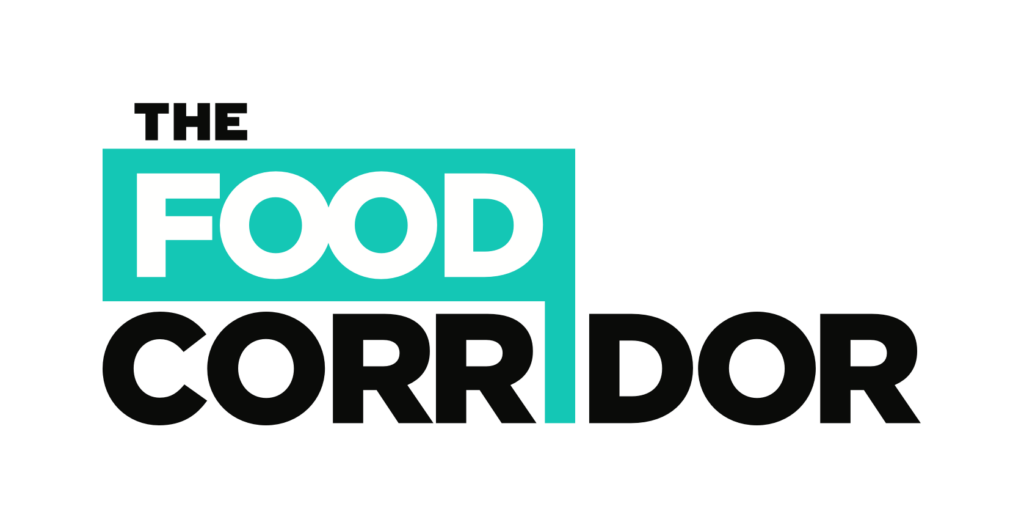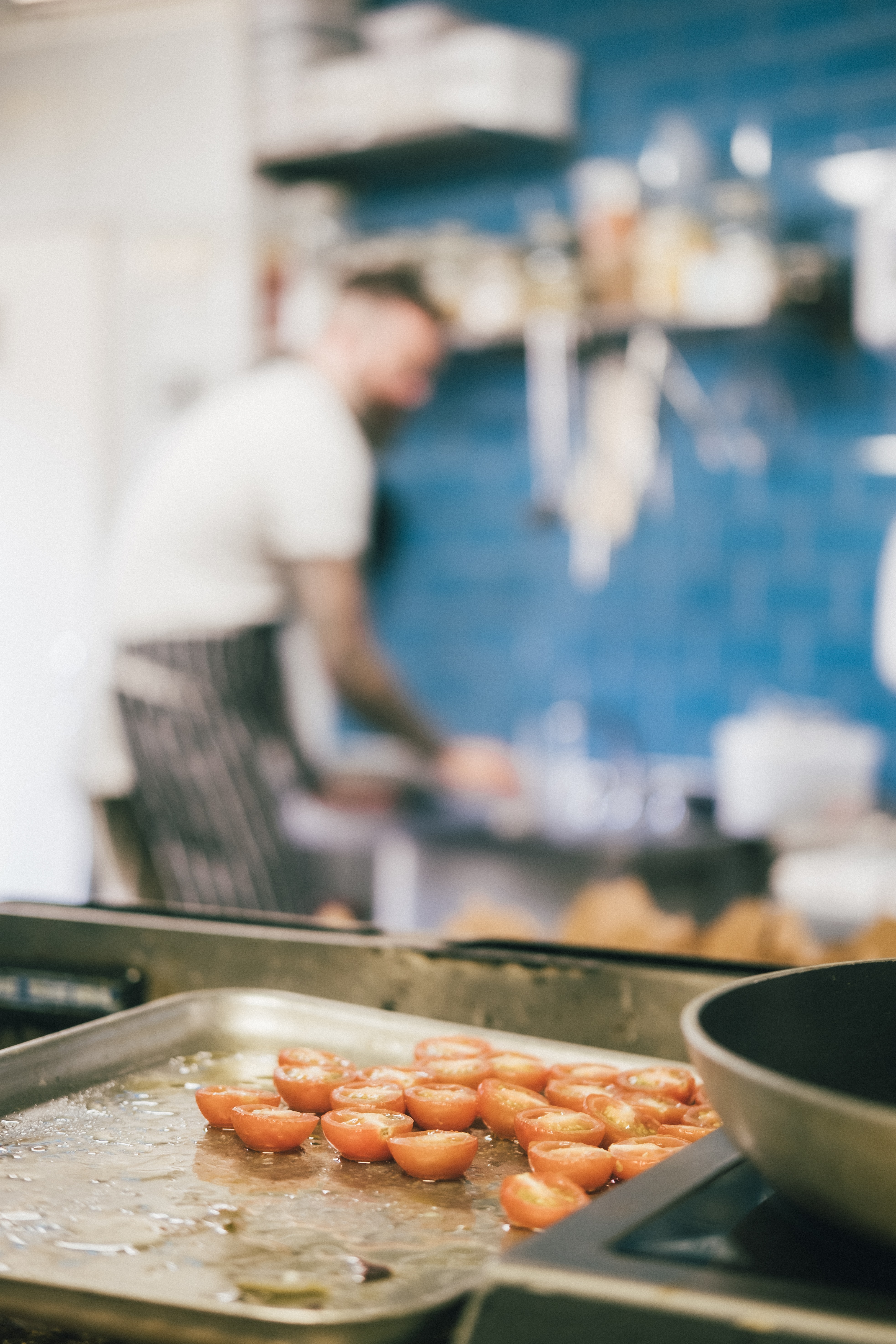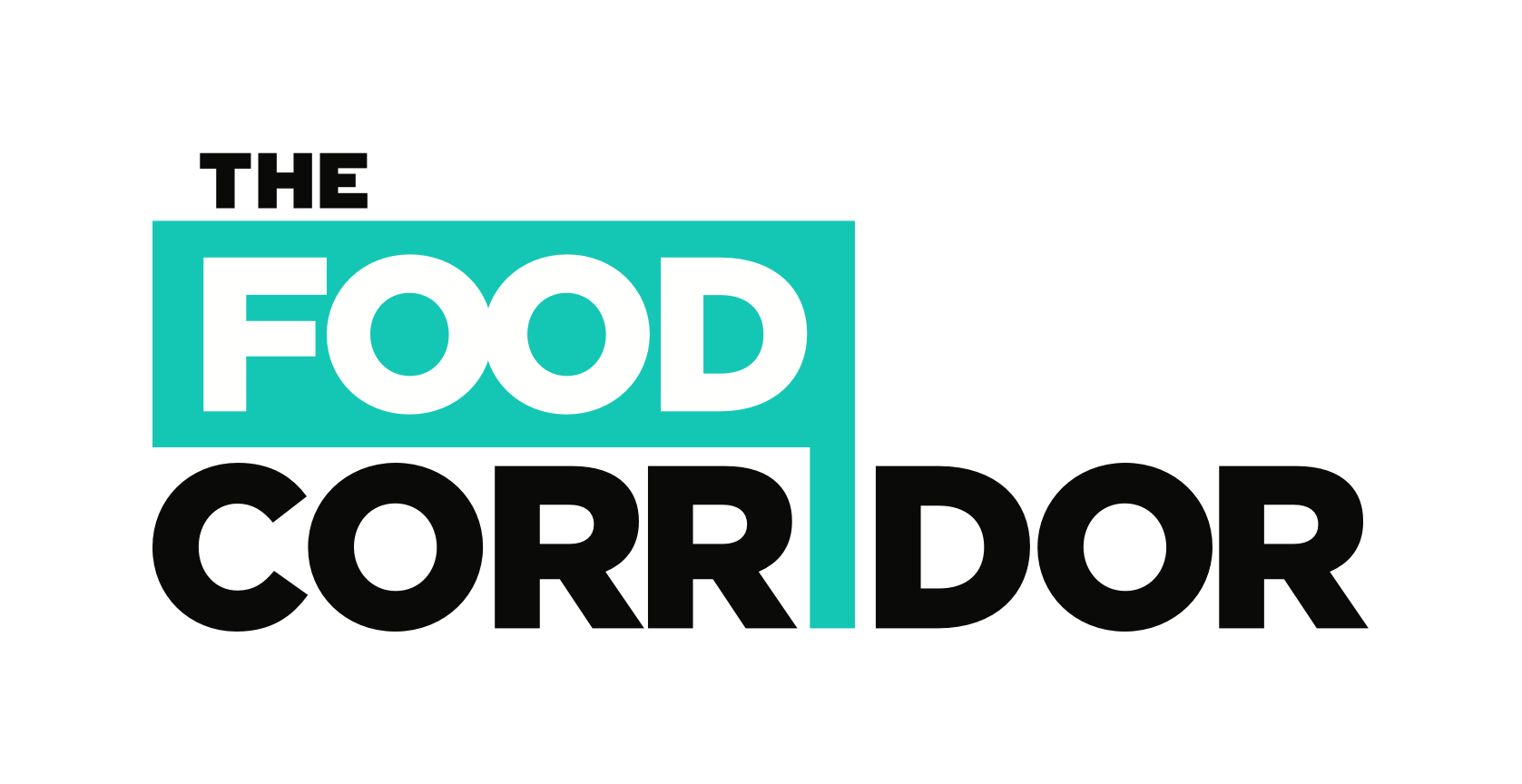A FOOD CORRIDOR EXCLUSIVE INTERVIEW WITH NICK AVEDESIAN, GHOST KITCHEN DEVELOPER & OPERATOR
The exciting trend of ghost kitchens is getting a lot of attention. Those looking to get a piece of the action dream of data providing them with insights for the ideal location for a purpose-built facility that pumps out food orders with astonishing efficiency. Kinda sounds like fast food 2.0!
But there’s a darker side to dark kitchens.

Some of the most important considerations aren’t the exciting tech components or the fun of thinking up pithy names for menu items.
Where enthusiastic new builders really come unstuck is in not having the appropriate grease waste system to appease the safety inspectors or failing to think about how much hot water they will need to wash all those pots and pans.
Luckily, we have an expert on hand, who’s been there and done it when it comes to ghost kitchen planning, construction, and implementation. Someone who relishes in the not-so-sexy side of the business.
“For whatever reason, I’m attracted to those things,” admits Nick Avedesian, “Without these dirty pieces under the surface, you wouldn’t get that beautiful polished finished product.”
The Inherent Challenges of Ghost Kitchen Construction
When it comes to the less glamorous side of ghost kitchen planning and construction, Nick knows his onions. After helping an established delivery company plan and build its very first ghost kitchen in the Bay Area, Nick founded Bolt Kitchens, a design-build construction and consulting firm specializing in ghost kitchens and delivery-first concepts. The team of world-class designers, architects, engineers, expeditors, and superintendents, take you through the entire process, from inception to completion on-time and on-budget.

Nick spent two challenging years figuring out the best way to implement a ghost kitchen from scratch and admits he made “a lot of mistakes”, but this is how he learned what the major sticking points and challenges are. And once it was finished, the cloud kitchen became a real point of success.
Nick saw that many people also struggled with the challenges of building ghost kitchens, as he explains: “It’s the sheer power and infrastructure requirements, but also just that there were no existing rules for how to do it.
“There’s a missing piece in the last-mile logistics chain that I discovered while working at the first facility,” Nick says, “It’s been even more highlighted during the pandemic. What I saw particularly in food and beverage, is when you convert all those brick-and-mortar transactions to digital, it changes the way the physical space needs to be designed or utilized.”

With that in mind, we asked Nick to dig into his experience and expertise to reveal the biggest unforeseen challenges and key points to consider when building a ghost kitchen operation from the ground up.
What to Consider When Building a Ghost Kitchen
When taking your ghost kitchen from a dream to a physical reality, there’s a clear order of considerations.
For Nick, it starts and ends with the numbers. He explains the process involves “using data on where and what menu items people are ordering the most to select the right locations, to applying what I’ve learned about operations to the design and construction of the facilities, to optimizing them – being able to continue to report on their operational metrics.”

He says the fundamental considerations are the cost, timeline, and infrastructure constraints and suggests starting with the question: What should my concept be?
Choosing Your Operating Model
If you have a cloud kitchen or a ghost kitchen, you’re thinking about it as a landlord, where your main goal is to generate as much revenue as you can per square foot. This means maximizing the number of tenants without overcrowding the kitchen. The Food Corridor is the leading tech platform making this realization possible.
If, on the other hand, you are building a dark kitchen, you are a single operator who might be operating multiple brands. This model is more suited to a restaurateur looking to maximize efficiency for delivery orders.

Whatever you choose, it makes sense to make your kitchen adaptable and modular so that you can make changes if necessary later. After all, being able to change menus – or even the entire cuisine you are cooking – on a dime is one of the big advantages of ghost kitchens.
That is unless you’re dead set on one specific offering, then you can optimize your kitchen for that from the beginning.
“You don’t want to build it with one menu in mind and then find out there’s no demand for it,” warns Nick, “The infrastructure is your platform or canvas, then you have all these different things you can play with as your content.”
Location, Location, Location
Your choice of location depends on your operating model. According to Nick, the burning question you need to address is: Is there enough existing business here to keep me afloat?
Nick explains that he looks at all the data from delivery platforms, POS providers, and aggregators and puts it all together to look at the granular level to find out: what kind of menu demand there is? How many customers are there within the delivery zone?
“I’ve started to work with big data companies who want to get into the ghost kitchen space,” Nick explains, “ we’re drilling down to the square mile level, to pinpoint areas that would have the best chance of success.”
But of course, finding the perfect location is just the beginning, you then need to find an appropriate building within that zone.
Building Constraints: Parking, Flow, and Access
So what makes a good building for a ghost kitchen? Again, that depends on your operating model. First, you have to ask: Does this building fit the concept?
Nick cautions that this is where many people slip up, saying, “That’s where a lot of mistakes could be made if you don’t know what you’re looking for.”
You must think about the natural advantages the building has and how they can be used to develop the model you want to implement.
For example:
- If you want to offer customer pick-up, you need space for parking.
- If you want to include a food court where people can sit, you don’t want an industrial warehouse in a scary neighborhood.
- If you are going to be 100% delivery focused, you still need easy access and space for drivers to congregate and wait.
Then there’s the interior, where a number of factors need to be taken into account…
Get Your Utilities in Order
Nick emphasizes that utilities are one of the most important yet most overlooked aspects to think about. You need to consider where your hoods, sinks, gas lines, water pipes, and grease traps are going to be before you start to build.

So when you’re looking at a building, you must make sure you have enough power for your concept, enough gas, and an adequate supply of hot and cold water – check the size of your water lines, Nick advises. You also need to think about where your grease traps, HVAC units, and fire sprinklers will go.
If one of these is missing, you don’t have a functioning or licensable kitchen. More about starting a commissary kitchen here.
It’s much more cost-effective to plan ahead and make sure you have an ample supply of all your core utilities, then to have to dig up floors and fit extra capacity down the line.

Fit Your Kitchen With The Best Technology
Nick’s core skill is in integrating the bricks and mortar with the zeros and ones. Managing your tech is obviously a vital component of a ghost kitchen and the construction should bear this in mind.
One of the best features of building a ghost kitchen from scratch is that you can build your hardware into the kitchen. From screens and printers at key preparation areas to information screens for drivers and tablets at packing stations.
Many ghost kitchens that use more than one third-party delivery partner choose a delivery order management system like Olo, Chowly, or Deliverect to pull orders from multiple platforms into a single system. The orders are pushed out to the POS and throughout the kitchen, packing stations, and to the drivers seamlessly.
Then, of course, there is The Food Corridor, which provides all the tools you need to run a smart kitchen with multiple tenants. The powerful renter management, scheduling, and payment processing tools will help you run your ghost kitchen as efficiently as possible.
Get The Pro Help You Need to Plan Your Ghost Kitchen Construction
Nick has a unique blend of skills and experience that’s rare to find. Building one of the world’s first and most successful ghost kitchens from the ground up has given him the unique toolkit to help others take advantage of this growing trend.
It takes a rare mix of hands-on construction knowledge plus a tech-savvy approach.
“Overnight because of the pandemic, all marketing strategies for restaurants that relied on having a physical presence went to essentially being entirely online,” Nick explains, “Increasingly, you need an SEO person to get them top of the app.”
“It’s all about the integration of the digital and the built environment and how those two are entangled,” he concludes.
You could try navigating this potholed path on your own, and good luck to you. But if you want to make sure you protect yourself from the many potential pitfalls along the path to success, consider getting some help from one of the country’s top experts.
Get in touch with Bolt Kitchens to talk through your plans and get the help you need to make your ghost kitchen a success. And tell them The Food Corridor sent you for a free consultation.


